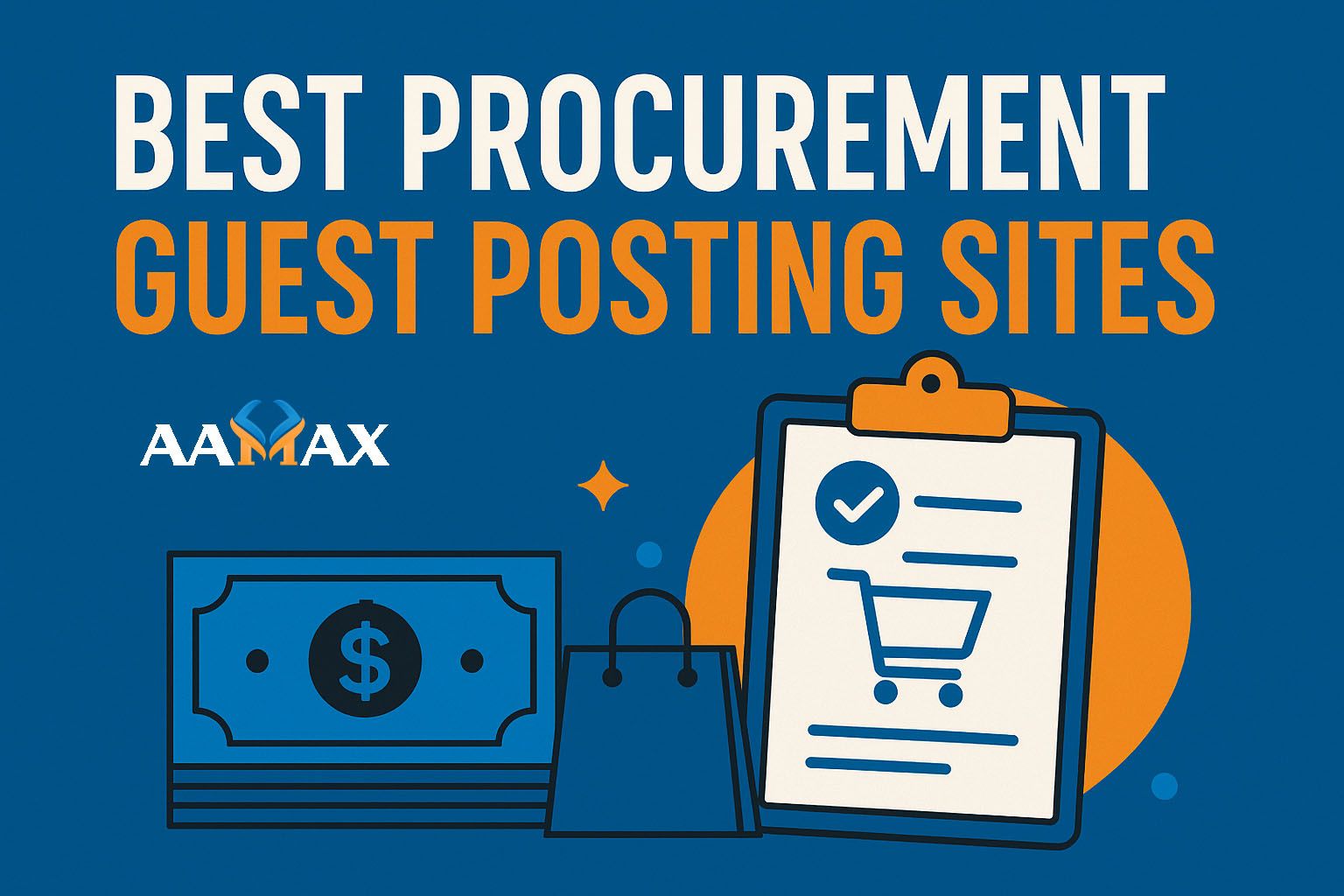
Google Analytics & SEO | 5 Insightful Metrics Worth Measuring
In today’s digital ecosystem, success doesn’t just come from building a website—it comes from understanding how your website performs. That’s where Google Analytics steps in as an essential tool for digital marketing company, SEO professionals, and business owners alike.
By combining Google Analytics with SEO efforts, you gain access to rich insights that help you understand how people discover your website, how they interact with it, and how you can optimize your content and structure for better performance.
But Google Analytics can be overwhelming, especially for beginners. Among hundreds of available metrics, which ones actually matter for SEO?
In this in-depth guide, we’ll explore five of the most insightful Google Analytics metrics you should monitor to improve your website’s Search Engine Optimization (SEO) and overall digital strategy.
Why Google Analytics Matters for SEO
Google Analytics provides a data-driven window into user behavior. It tells you:
- Where your traffic is coming from
- What pages users visit
- How long they stay
- What keywords drive traffic
- Where people drop off
When paired with SEO best practices, Google Analytics becomes a powerful decision-making tool. It allows you to:
- Pinpoint what’s working and what isn’t
- Discover opportunities for improvement
- Track the impact of your SEO efforts over time
Simply put, if you're not measuring, you're guessing—and in SEO, guessing leads to failure.
Metric #1: Organic Traffic (Users from Search)
The first and most obvious SEO metric to track in Google Analytics is Organic Traffic—that is, the number of users who come to your website via unpaid search results.
Why It Matters:
Organic traffic is the lifeblood of SEO. It tells you whether your content is discoverable through Google and other search engines.
If your organic traffic is increasing, it generally means your SEO efforts are working. If it’s declining, you may have content, technical, or penalty issues to address.
How to Track:
In Google Analytics 4 (GA4), follow this path: Reports → Acquisition → Traffic acquisition → Session default channel group → Organic Search
Here, you can:
- View traffic over time
- Compare performance between different date ranges
- Identify spikes and drops
Pro Tip:
Segment by landing page to see which individual pages are drawing the most organic traffic. This helps identify which SEO content is performing best.
Metric #2: Bounce Rate / Engagement Rate
Bounce rate (in Universal Analytics) and its GA4 counterpart, engagement rate, are crucial indicators of how well your content satisfies user intent.
What is Bounce Rate?
Bounce rate refers to the percentage of visitors who leave your site after viewing only one page.
What is Engagement Rate?
In GA4, engagement rate measures the percentage of sessions that lasted longer than 10 seconds, had a conversion event, or involved multiple pageviews.
Why It Matters:
A high bounce rate may signal:
- Irrelevant content
- Slow-loading pages
- Poor user experience
- Bad targeting
A good engagement rate, on the other hand, tells Google that users are finding value, which can influence your rankings.
How to Track:
In GA4: Reports → Engagement → Pages and screens
You can sort by engagement rate or bounce rate equivalents (using calculated metrics) to see which pages are performing well.
Pro Tip:
Use these insights to improve content structure, add internal links, or address technical issues like mobile responsiveness.
Metric #3: Average Engagement Time (Time on Page)
While time-on-page used to be a staple SEO metric in Universal Analytics, GA4 now offers Average Engagement Time—a more refined version that excludes non-interactive sessions.
Why It Matters:
This metric shows how long users are spending on your content, which reflects:
- Content quality
- Relevance to search intent
- Overall user experience
The longer a user stays, the more likely it is that your content is answering their query—something Google loves to reward.
How to Track:
In GA4: Reports → Engagement → Pages and screens → Average engagement time
You can view time spent on each page and compare:
- Blog articles
- Landing pages
- Product pages
- Service pages
Pro Tip:
If a blog post has low engagement time, it might need better formatting, stronger headlines, or more interactive elements (like videos or infographics).
Metric #4: Landing Page Performance
Landing pages are the entry points to your website. Monitoring how these pages perform gives you deep insight into the effectiveness of your SEO strategy.
Why It Matters:
Landing page analysis helps you:
- Understand which pages are driving the most organic traffic
- Identify content gaps or underperforming assets
- Spot opportunities for content updates and internal linking
How to Track:
In GA4: Reports → Engagement → Landing page
You can evaluate landing pages based on:
- Users
- New users
- Engagement time
- Conversion rates
Sort by Organic Search to isolate traffic coming from search engines.
Pro Tip:
Use this data to identify high-performing pages that you can:
- Repurpose into other formats (e.g., videos, guides)
- Use as models for future SEO content
- Optimize further to increase rankings and conversions
Metric #5: Conversions from Organic Traffic
Ultimately, the goal of SEO isn’t just to bring traffic—it’s to drive results. That’s where tracking conversions from organic search comes in.
What are Conversions?
Conversions can include:
- Form submissions
- Product purchases
- Email signups
- Downloads
Google Analytics allows you to define and track these goals in GA4 as Events → Conversions.
Why It Matters:
Organic traffic that doesn’t convert is a vanity metric. Tracking conversions gives you a true picture of ROI from your SEO efforts.
For example, a blog post bringing 10,000 visitors a month might look impressive—but if a niche landing page with 500 visitors brings 50 leads, that’s the page to focus on.
How to Track:
In GA4: Reports → Engagement → Conversions → Add Secondary Dimension: Session source/medium = Organic Search
This will show how many conversions came from unpaid search, helping you identify:
- High-converting content
- Funnels that are working
- Where to optimize further
Pro Tip:
Map conversions to specific URLs and campaigns to connect SEO content strategy directly to business results.
Bonus Tip: Use UTM Parameters for Deeper Insights
While GA4 automatically tracks organic traffic, using UTM parameters in your URLs (especially for off-page SEO like guest blogs or backlinks) gives you extra layers of detail.
You can track:
- Campaign sources
- Mediums
- Keywords
- Landing pages
This helps you understand which SEO tactics are most effective, and refine your approach accordingly.
Bringing It All Together: SEO is About Performance, Not Just Rankings
It’s easy to obsess over keyword positions and backlinks. But modern SEO goes far beyond the search engine results page (SERP). The true power lies in analyzing how users behave once they land on your site, and Google Analytics is your best friend in this journey.
Let’s recap the five insightful Google Analytics metrics you should track:
- Organic Traffic – Understand how users find you via search.
- Engagement Rate / Bounce Rate – Measure content quality and user relevance.
- Average Engagement Time – Gauge how long users stay engaged.
- Landing Page Performance – Identify which entry points are driving results.
- Conversions from Organic Search – Align SEO with business goals.
With these metrics, you can fine-tune your content, UX, and keyword strategy, making smarter decisions that lead to better rankings, more traffic, and higher ROI.
Need Help Setting Up Google Analytics or Running SEO Campaigns?
Understanding Google Analytics is one thing—using it effectively is another. If you’re overwhelmed by data, unsure where to begin, or simply want better SEO results, it’s time to bring in the pros.
You can AAMAX—a full-service digital marketing company offering Web Development, Digital Marketing, and SEO Services. Whether you need help setting up Google Analytics, optimizing your SEO strategy, or running full-scale digital campaigns, AAMAX has the tools and talent to help you grow.
Final Thoughts
Google Analytics isn’t just for analysts—it’s a goldmine for SEO professionals, marketers, and business owners. By measuring the right metrics, you gain the power to optimize your content, increase conversions, and build a data-driven SEO strategy that works.
Stop guessing and start tracking. Success isn’t about more traffic—it’s about smarter traffic, and smarter decisions start with insightful data.







